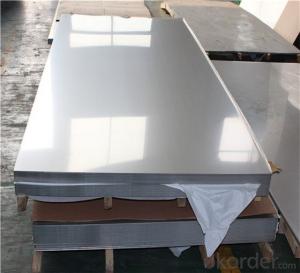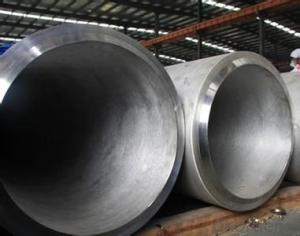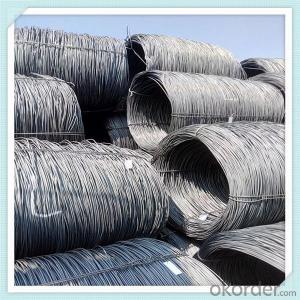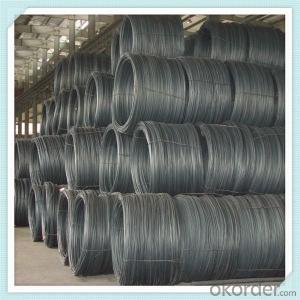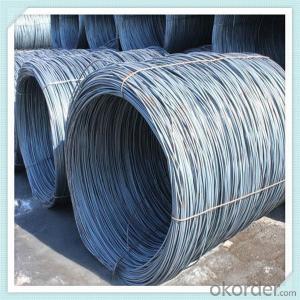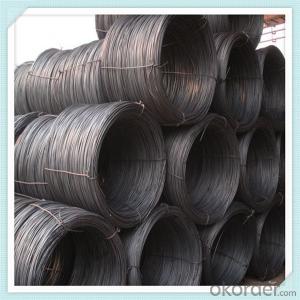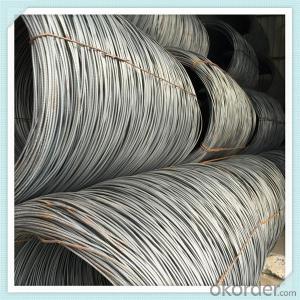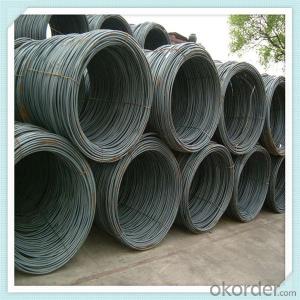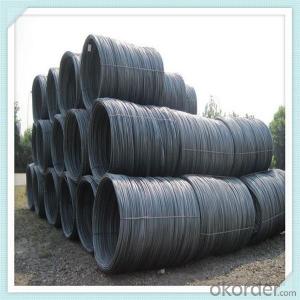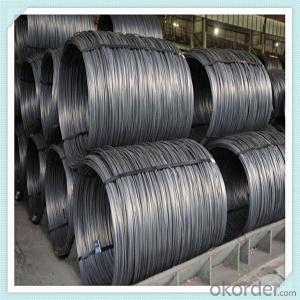Stainless Steel Solder
Stainless Steel Solder Related Searches
Best Paint For Stainless Steel Blanket Insulation For Steel Buildings Primer For Galvanized Steel Foam Filter For Stainless Steel H S Code For Stainless Steel Surface Grinding Wheels For Stainless Steel Surface Grinding Wheels For Hardened Steel Hole Saw For Stainless Steel Paint For Stainless Steel Stainless Steel For BbqHot Searches
Steel Mesh Panels For Sale Price For Stainless Steel Scrap Scrap Price For Stainless Steel Price For Stainless Steel Stainless Steel Tank For Sale Stainless Steel Sheets For Sale Cheap High Tea Sets For Sale Stainless Steel Tanks For Sale Stainless Steel For Sale High Density Fiberboard For Sale Solar Hot Water Collectors For Sale Scaffolding For Sale In Uae Scaffolding For Sale In Ireland Scaffolding For Sale In Houston Type Of Inverter For Solar Price Of Shipping Containers For Sale Types Of Inverter For Solar Stock Price For Aluminum Used Solar Inverter For Sale Steel Mesh Panels For SaleStainless Steel Solder Supplier & Manufacturer from China
Okorder.com is a professional Stainless Steel Solder supplier & manufacturer, offers integrated one-stop services including real-time quoting and online cargo tracking. We are funded by CNBM Group, a Fortune 500 enterprise and the largest Stainless Steel Solder firm in China.Hot Products
FAQ
- Steel wire rod can be coated for improved performance through various methods such as galvanizing, zinc coating, or applying a polymer coating. These coatings provide corrosion resistance, enhance durability, and improve the wire rod's overall performance in different applications.
- Automotive seat frames commonly utilize steel wire rod for its superior strength and durability. By shaping the wire rod into various forms and sizes, manufacturers create sturdy frameworks that offer structural support and stability, capable of withstanding the weight and movements of passengers. To achieve the desired mechanical properties, the steel wire rod undergoes multiple manufacturing techniques, including hot rolling, cold drawing, and heat treatment. These processes ensure the wire rod possesses the necessary strength and flexibility required to endure the constant stress and load-bearing demands of automotive seat frames. Once prepared, the steel wire rod is bent and shaped using specialized machinery, enabling manufacturers to craft seat frame designs that meet specific requirements for different vehicle models. To create a robust and stable structure, the wire rod is often welded or joined together at specific points. The utilization of steel wire rod in automotive seat frames offers numerous advantages. Its high strength-to-weight ratio allows for supporting heavy loads without excessively increasing the vehicle's weight. Additionally, the steel wire rod exhibits excellent resistance to corrosion, ensuring the longevity and durability of seat frames, even in harsh environmental conditions. Furthermore, the use of steel wire rod provides flexibility in design and customization. Manufacturers can easily modify the shape and size of seat frames to accommodate various seat configurations and ergonomic needs, resulting in comfortable and safe seating options for passengers. In conclusion, the strength, durability, and customization capabilities of steel wire rod make it crucial in the manufacturing of automotive seat frames. It provides the necessary support and stability to ensure the safety and comfort of vehicle occupants.
- There are several disadvantages of using steel wire rods in manufacturing: 1. Corrosion: Steel wire rods are susceptible to corrosion, especially when exposed to moisture or chemical substances. This can lead to a decrease in the durability and lifespan of the manufactured products. 2. Weight: Steel wire rods are relatively heavier compared to other materials such as aluminum or carbon fiber. This can make the manufacturing process more labor-intensive and increase transportation costs. 3. Limited flexibility: Steel wire rods have lower flexibility compared to other materials. This can limit the design possibilities and functionality of the manufactured products, especially in industries where flexibility is crucial, such as automotive or aerospace. 4. Cost: Steel wire rods can be more expensive compared to other materials used in manufacturing. This is particularly true when the demand for steel is high, leading to increased prices. Additionally, the manufacturing process for steel wire rods can involve several steps, which can further add to the production costs. 5. Environmental impact: The production of steel wire rods involves the extraction of iron ore, which can have a significant environmental impact. The extraction process can result in deforestation, habitat destruction, and pollution. Additionally, the manufacturing process for steel requires a substantial amount of energy, contributing to greenhouse gas emissions. 6. Maintenance: Steel wire rods may require regular maintenance to prevent corrosion, such as applying protective coatings or implementing proper storage methods. This can add to the overall costs and time required for product maintenance. 7. Electrical conductivity: Steel wire rods have relatively poor electrical conductivity compared to other materials, such as copper or aluminum. This can limit their usability in certain industries or applications where electrical conductivity is essential, such as electronics or electrical wiring. Overall, while steel wire rods have several advantages in manufacturing, including strength and rigidity, they also have notable disadvantages that need to be considered when selecting materials for manufacturing processes.
- Steel wire rods are an essential raw material used in the production of wire cables. These rods are typically made from carbon or alloy steel and are formed into long, cylindrical shapes. They are then processed through various stages to transform them into wire cables. The first step in the production process involves hot rolling the steel wire rods. This process involves passing the rods through a series of rollers, which gradually reduce their diameter and increase their length. This hot rolling process helps to improve the ductility and strength of the steel, making it suitable for further processing. After hot rolling, the steel wire rods are then subjected to a process called cold drawing. In this process, the rods are drawn through a series of dies at room temperature, which further reduces their diameter and increases their length. This cold drawing process helps to refine the steel's surface finish and improve its mechanical properties, such as tensile strength and flexibility. Once the desired diameter and length are achieved, the steel wire rods are then used to produce wire cables. The rods are fed into a wire drawing machine where they are pulled through a series of dies to reduce their diameter even further. This drawing process helps to achieve the desired diameter and surface finish of the wire cables. After the wire drawing process, the steel wire rods are typically subjected to a heat treatment process to improve their mechanical properties. This process involves heating the rods to a specific temperature and then rapidly cooling them to achieve the desired hardness and strength. The final step in the production of wire cables involves stranding the steel wires together to form a cable. The individual steel wires are typically twisted together in a specific pattern, known as a lay, to provide the cable with the desired strength and flexibility. This stranding process is often followed by a coating or galvanizing process to protect the wire cables from corrosion. Overall, steel wire rods play a crucial role in the production of wire cables. They are transformed through various processes such as hot rolling, cold drawing, wire drawing, heat treatment, and stranding to create cables that are strong, durable, and suitable for a wide range of applications.
- Some safety considerations when handling steel wire rod include wearing protective gloves and eyewear to prevent cuts and potential eye injuries. It is also important to use proper lifting techniques and equipment to avoid strains or back injuries. Additionally, individuals should be cautious of sharp edges and ensure that the wire rod is stored and transported in a secure manner to prevent accidents or damage.
- Wire strands for electrical transmission lines rely on steel wire rod as an indispensable component. These wire strands serve the purpose of ensuring both the required strength and conductivity for efficient electricity transmission over long distances. The procedure commences with the steel wire rod being drawn through various dies, which serves to diminish its diameter and elongate its length. This drawing process contributes to refining the steel and enhancing its mechanical properties, including tensile strength and flexibility. Once the desired diameter is attained, the steel wire rod is then twisted and shaped into multiple individual wires, typically six or seven. Subsequently, these wires are grouped together to form a wire strand. This twisting process aids in bolstering the overall strength and durability of the wire strand. Following this, the wire strands undergo a process known as galvanization, wherein they are coated with a protective layer like zinc or aluminum. This coating not only provides resistance against corrosion but also enhances the electrical conductivity of the wire strand. Ultimately, the wire strands are combined with other components such as steel or aluminum wires to create a larger conductor, thereby forming the electrical transmission line. These transmission lines play a crucial role in carrying high voltage electricity from power plants to substations, which then distribute it to homes, businesses, and other establishments. To summarize, steel wire rod is an essential raw material in the production of wire strands for electrical transmission lines. Through a sequence of processing steps involving drawing, twisting, and galvanization, the steel wire rod is transformed into wire strands possessing the necessary strength, conductivity, and durability required for efficient and reliable electricity transmission.
- The environmental considerations of steel wire rod production include the extraction of raw materials, such as iron ore and coal, which can lead to deforestation, habitat destruction, and air and water pollution. The manufacturing process itself generates greenhouse gas emissions, particularly during the energy-intensive process of converting iron ore into steel. The disposal of waste materials, such as slag and dust, also poses challenges in terms of proper handling and potential environmental contamination. Additionally, the transportation of raw materials and finished products contributes to carbon emissions and energy consumption.
- There are several main factors that influence the supply and demand of steel wire rod. 1. Economic growth: The overall economic growth of a country or region plays a significant role in determining the demand for steel wire rod. When the economy is growing, there is typically an increase in construction and infrastructure projects, which drives up the demand for steel wire rod. 2. Construction and infrastructure projects: The construction industry is one of the major consumers of steel wire rod. The demand for steel wire rod is influenced by the number and scale of construction and infrastructure projects, such as buildings, bridges, roads, and railways. The more construction projects there are, the higher the demand for steel wire rod. 3. Automotive industry: The automotive industry is another major consumer of steel wire rod. The demand for steel wire rod in this industry is influenced by factors such as consumer demand for automobiles, technological advancements, and government regulations related to automotive safety and emissions. The production of automobiles requires steel wire rod for various components, including suspension systems, engine parts, and reinforcements. 4. Manufacturing sector: The demand for steel wire rod is also influenced by the overall manufacturing sector. Steel wire rod is used in various manufacturing processes and industries, such as machinery, appliances, electrical equipment, and furniture. The level of manufacturing activity and the demand for goods produced by these industries affect the demand for steel wire rod. 5. Raw material availability and cost: The supply of steel wire rod is influenced by the availability and cost of raw materials, particularly iron ore and scrap metal. Changes in the availability or cost of these raw materials can impact the production and supply of steel wire rod. Additionally, fluctuations in energy prices, transportation costs, and other input costs can also affect the supply of steel wire rod. 6. International trade and tariffs: Global steel wire rod supply and demand are influenced by international trade and tariffs. Trade policies and tariffs imposed by countries can impact the import and export of steel wire rod, which in turn affects the supply and demand dynamics. Trade disputes and protectionist measures can disrupt the global steel wire rod market and create uncertainties in supply and demand. Overall, the supply and demand of steel wire rod are influenced by economic growth, construction and infrastructure projects, the automotive industry, the manufacturing sector, raw material availability and cost, and international trade and tariffs. These factors interact with each other and can fluctuate over time, leading to changes in the supply and demand dynamics of steel wire rod.


















